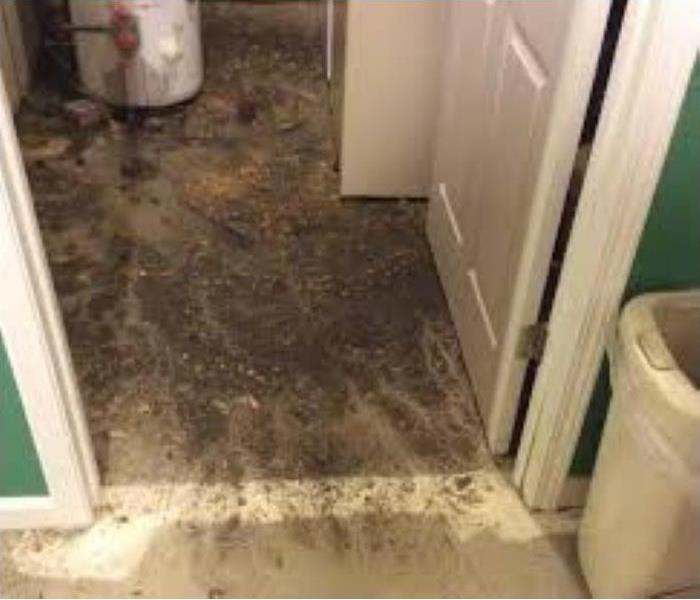Water Loss Tips for Niles, Ohio Residents
3/26/2019 (Permalink)
Understanding Water Loss
Whenever SERVPRO of Southern Trumbull County responds to a water loss, ultimately the consumer's first concern has to do with the cause of the loss. Confirming this information can make a big difference when it comes to insurance coverage and the cost of mitigation. The differences in water damage coverage and sewer/drain backup coverage may be confusing at first, but is actually pretty self explanatory.
Water damage is the 'kind' of damage and sewer/drain is a 'cause' of the damage. They are easy to confuse if you don't read policies every day.
Water damage covers a broken hot water tank or a pipe break. Back up sewage coverage is for when sewage backs up into your house. This type of loss is much worse than a broken fresh water pipe for reasons of contamination.
Water Damage coverage can have many different causes, but the most common is a "sudden" and "accidental discharge" of water from things like burst pipes, faulty appliances, etc. There are also secondary damages to consider such as water getting into your house after a storm blew part of your roof off or a tree branch knocked through a window. A slow leak dripping over time would be excluded as a secondary loss because it is considered a maintenance issue.
A whole separate category of water loss would be floods, which is generally excluded unless you have purchased flood coverage. What distinguishes a 'flood' is that the water has pooled on the ground outside of your house before coming in and causing damage. Aside from the normal sense of flooding, there is also water from a downspout which enters the basement due to bad drainage or a clogged drain.
Avoiding Sewer Back Up
Prevention is always a best practice even if you do have coverage to pay the claim. There are several things you can do to prevent sewer back-up from destroying your home and property:
- Install sump pumps and check regularly to ensure they are in working order
- Have backflow valves installed in your home
- Ensure that your property has good drainage sloping away from your home
- Have plugs ready for drains and toilets
- Keep your eaves, troughs and downspouts clean to allow for proper drainage
Most homeowners are not aware that sewer back-up is not a standard part of a homeowner’s insurance policy. You should verify whether or not you have coverage right away, before finding out you do not have it when your home is filled with sewer water.
If you don’t have this coverage on your policy, look for one that does include it and consider adding this coverage to your current policy. The cost of this additional coverage is low when you consider the peace of mind it provides.
Check here for more tips on Restoration!






 24/7 Emergency Service
24/7 Emergency Service
